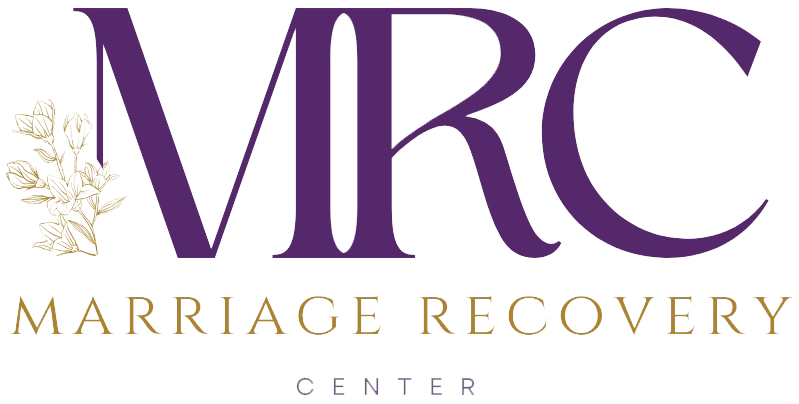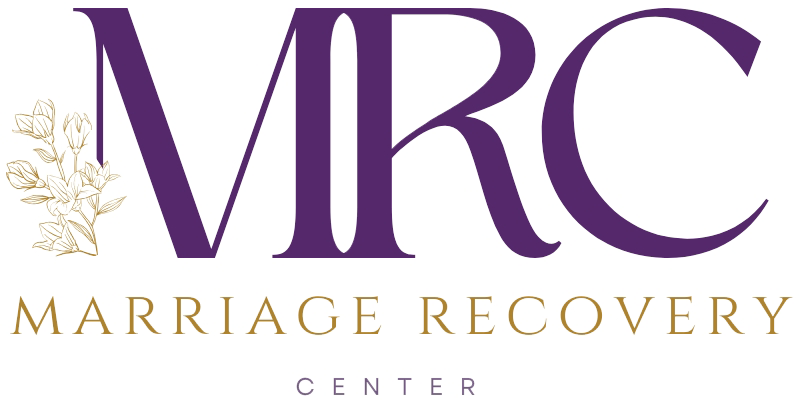Dr. Hawkins talks about the 6 step recovery process that he developed for treating people with narcissist tendencies. The six steps provided offer a structured approach to assess and facilitate change.
Do You Have Narcissist Tendencies? Exploring Healing and Recovery
When it comes to the topic of healing and recovery for individuals with narcissistic and emotionally abusive tendencies, many people hold a skeptical view. They often believe that once a person exhibits these traits, there’s no hope for change. However, there are experts who argue otherwise. At the Marriage Recovery Center, they advocate for a different perspective, suggesting that healing and recovery might indeed be possible. In this article, we will explore the six major steps proposed by the Marriage Recovery Center for determining the possibility of healing and recovery for narcissistic and emotionally abusive individuals.
Step 1: Has an Intervention Been Done?
The first crucial step in the journey towards healing and recovery for a narcissistic or emotionally abusive individual is to assess whether an intervention has taken place. An intervention involves a situation in which the narcissist or emotionally abusive person faces the potential loss of something significant to them, such as their partner or spouse. It is essential to consider whether this intervention has been carried out by a professional who understands the complexities of dealing with such individuals.
For an intervention to be effective, it must include confrontation. Confrontation means addressing the deep-seated character traits and dysfunctional thinking that underlie narcissistic and abusive behaviors. It’s important to recognize that emotional abuse doesn’t appear out of thin air; it is the result of a series of underlying issues that need to be addressed.
Step 2: Confrontation of Dysfunctional Behavior
The second step in the healing and recovery process involves a rigorous and thorough confrontation of dysfunctional behavior. This confrontation must be ongoing and severe to drive home the message that bad behavior will not be tolerated. It’s important to understand that in this context, men should not be coddled, but they must be held accountable for their actions.
Confrontation is a vital aspect of initiating change. Only when individuals with narcissistic tendencies are consistently held accountable for their actions can they begin to see the need for change.
Step 3: Leading to Breakdown
Intervention must lead to a breakdown, which, in turn, leads to a breakthrough. This means that the person with narcissistic tendencies must experience a heartfelt sense of brokenness. It’s crucial to recognize that this doesn’t happen all at once; it often occurs in a series of small steps. Ownership of their behavior, or in other words, acknowledging the harm they’ve caused, is a significant part of this process.
Repentance and turning away from bad behavior can only happen when one takes full ownership of their actions. This transformation in thinking and behavior is a clear indicator of change.
Step 4: Inclusion of Healing for the Victim
The healing and recovery process should also include support and healing for the victim of the narcissist or emotionally abusive individual. Victims often bear the emotional and psychological scars of their partner’s behavior. Therefore, it is crucial that they receive the necessary support and resources to heal from the trauma they’ve experienced.
Healthy boundaries should also be established and respected. The victim must learn that it’s not their responsibility to force change; instead, the person with narcissistic tendencies must take the initiative to change their behavior.
Step 5: Long-Term Counseling and Accountability
To achieve true healing and recovery, long-term counseling and rigorous accountability are essential. This means that individuals with narcissistic tendencies must commit to sustained counseling and accept strict accountability for their actions. At the Marriage Recovery Center, they offer various forms of therapy and treatment to ensure rigorous change.
Sustained counseling and accountability are the cornerstones of lasting change. They provide the structure and support necessary for individuals to continue their journey towards healing and recovery.
Step 6: Ongoing Change
The final step in the healing and recovery process is to witness ongoing changes in the individual’s behavior and mindset. True transformation means that the person with narcissistic tendencies must actively participate in the ongoing work required for change. These changes can be seen through actions, words, and a genuine embrace of the treatment and therapy process.
Lundy Bancroft, a noted expert on abusive behavior, has identified specific behaviors that indicate an individual is genuinely changing. These include admitting to wrongdoing, taking full responsibility, making amends, and ceasing to make excuses or blame others.
In conclusion, while healing and recovery for individuals with narcissistic tendencies or emotionally abusive behaviors may seem daunting, it is not entirely impossible. However, it’s crucial to understand that healing and recovery require active participation, accountability, and a commitment to ongoing change. With the right support and guidance, there is hope for individuals with narcissistic tendencies to transform and lead healthier, more fulfilling lives.
To learn how we can help, reach out to us at (206) 219-0145 or info@marriagerecoverycenter.com to speak with a Client Care Specialist
Also read: How to Measure Intimacy in Your Relationship
About Dr. Hawkins:
The internet is inundated with hyperbole and misinformation about narcissism, leaving many people confused and hopeless. Get the facts on narcissism and emotional abuse from someone who has been researching, writing about and treating narcissism and emotional abuse for over a decade.
Dr. Hawkins is a best-selling author and clinical psychologist with over three decades of experience helping people break unhealthy patterns and build healthier relationships.
He is the founder and director of the Marriage Recovery Center and the Emotional Abuse Institute which offers education, training and counseling for people who want to break free of, and heal from, emotional abuse. Whether the perpetrator of the abuse is your spouse, partner, parent, boss, friend or family member, we offer practical advice for anyone trapped in a toxic, destructive relationship.
In addition to narcissism & emotional abuse, you’ll learn about the lesser known forms of abuse, including covert abuse, reactive abuse, spiritual abuse, secondary abuse, relationship trauma and much more.








